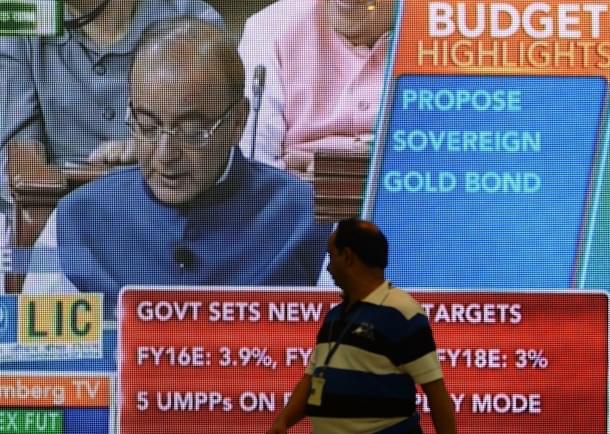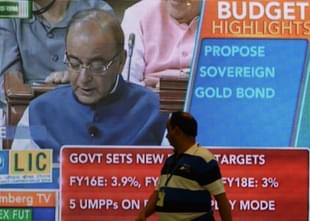Economy
The NPS Sucks: It’s A Badly Designed Product And Is Seriously Mis-sold
R Jagannathan
Mar 10, 2016, 11:53 AM | Updated 11:51 AM IST
Save & read from anywhere!
Bookmark stories for easy access on any device or the Swarajya app.


Thanks to middle class outrage over the proposed taxation of withdrawals from the
employees’ provident fund (EPF), the finance minister restored status quo ante
earlier this week. The net effect has been to make the National Pension Scheme
(NPS) look worse, even after the announcement of a 40 percent tax exemption on NPS
withdrawals.
However, even if the NPS and EPF were to be given the same tax treatment, the former
is a bad product and seriously mis-sold. Every other day I get messages touting
the tax advantages under section 80CCD, which give an additional deduction for
NPS of Rs 50,000.
But if people are enticed to invest only for a temporary tax advantage, it is
no different from selling costly money back insurance policies for tax benefits
alone instead of term insurance or whole-life policies, which do the job of
insuring life at the lowest costs.
A pension product can surely use a tax deduction as a sweetener, but what matters is its design. The NPS is not the route to a pensioned society, because it is badly designed.
Here are four reasons why the NPS is badly designed and sold even more badly.
First, an EET (exempt-exempt-tax) product should tax income, and not the subscriber’s contributions. But NPS, even after the 40 percent tax exemption on final withdrawal at age 60, makes no distinction between capital contributed and income earned on it. If your own contribution is to be taxed, it sucks.
Second, the NPS – which is a designed as a mix of equity
and debt instruments, depending on which option you choose – will be seen as a
gross underperformer if you choose instead to invest directly in the underlying
mutual fund instruments. The reason is simple: an equity investment made
directly is tax-free after one year.
A debt investment made directly benefits from cost inflation indexation and a lower tax rate after three years. In contrast, the NPS scheme gives no such tax or indexation benefits. Your takeout: you would be better off investing on your own in a disciplined way.
Third, the NPS lacks choice. What I want to do with my retirement corpus is my decision. To insist that 40 percent must go into annuities may sound right from the objective of creating a “pensioned society”, but why is it presumed that you can’t make your own pension plans with a mix of fixed deposits, the senior citizens savings scheme, tax-free bonds and income funds? A bulk withdrawal option gives citizens choice.
Fourth, the insistence on buying an annuity for at least 40 percent of the final corpus would be fine if this part of the NPS product is reasonable. But the annuities currently on offer are losers. None of them offers a return equal even to bank fixed deposits (which yield up to 8-8.5 percent) or the senior citizens savings scheme, which gives 9.3 percent.
The product is mis-sold for the simple reason that it is the entry advantages that are touted, and not the tax treatment at exit. Saying you get 80 CCD benefits on investments is fine, but shouldn’t savers also be told how they will be taxed when they withdraw – with illustrative examples? Selling the benefits while hiding the disadvantages is Mis-selling with a capital M.
Jagannathan is former Editorial Director, Swarajya. He tweets at @TheJaggi.





